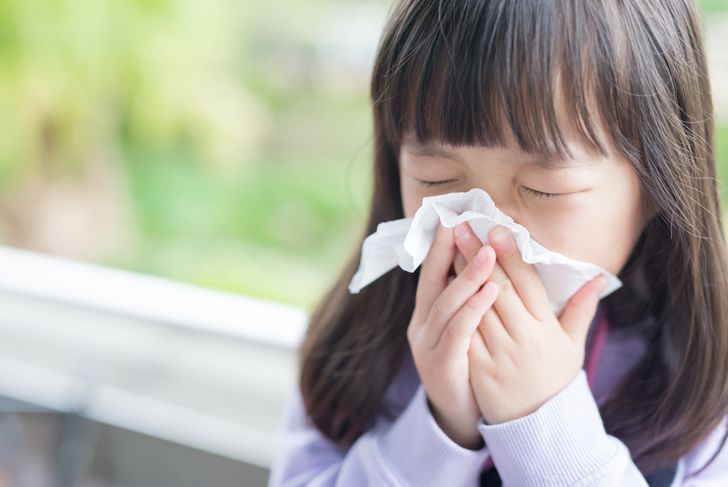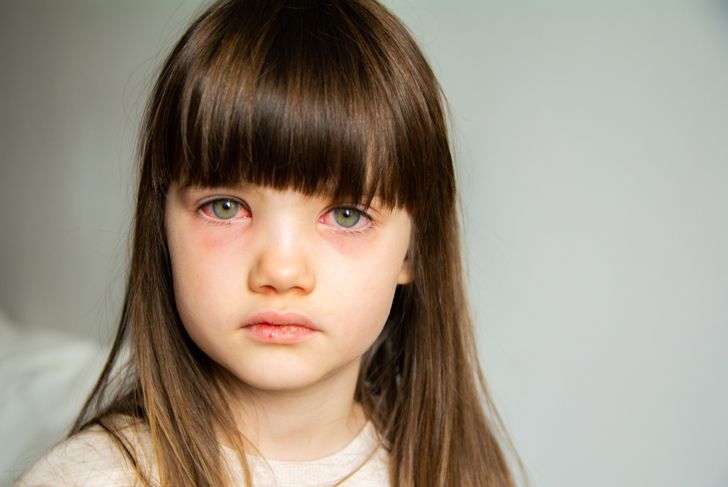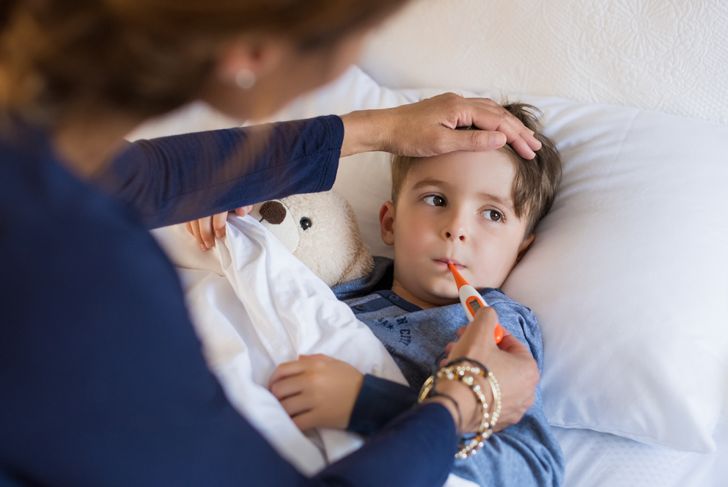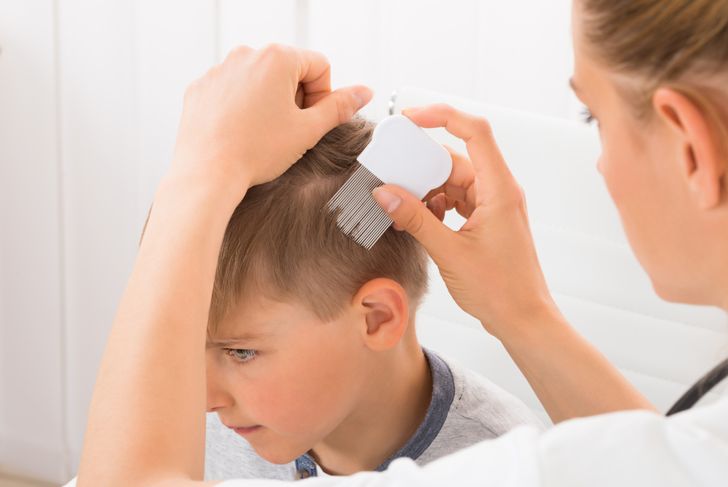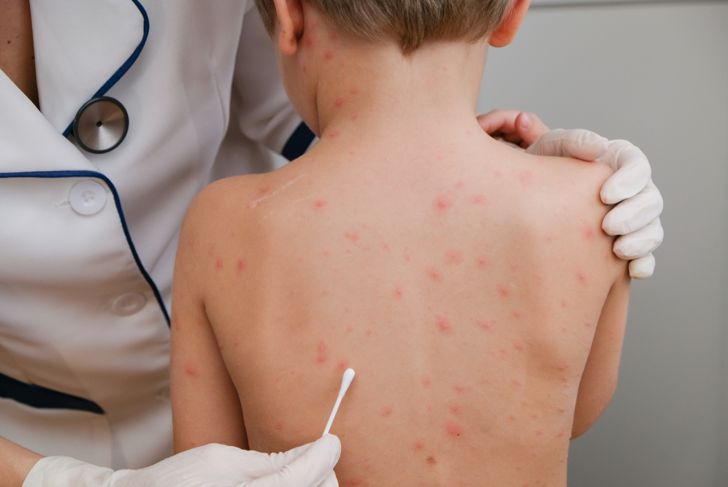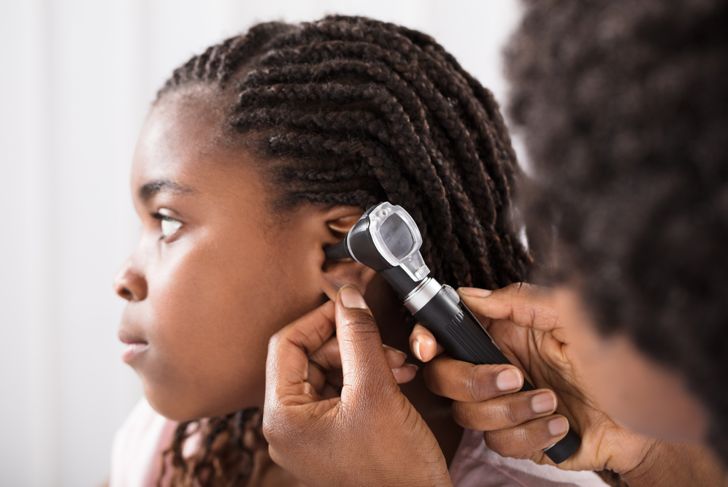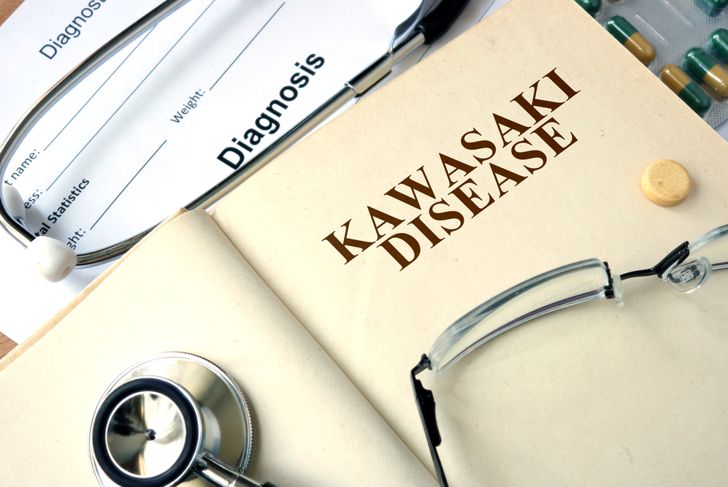Some children seem to get sick more frequently once school is back in session. Close contact with their peers exposes them to new viruses that are constantly mutating. It takes time to build up immunities to these new pathogens. Some common back-to-school illnesses are harmless, but recognizing their symptoms helps caregivers distinguish them from more serious health issues.
Colds
Cold viruses spread through a cough or sneeze. A runny nose, sneezing, coughing, a sore throat, a low fever, and a diminished appetite are the usual symptoms. Ensuring the child gets plenty of rest and fluids will help them get better, faster. Good handwashing techniques, using an alcohol-based sanitizer, and covering the mouth and nose with a tissue when they cough or sneeze can reduce the spread.
Pink Eye
Conjunctivitis, or pink eye, can stem from a bacterial or viral infection, or an allergy. A pink or red color in the whites of the eyes is the most prominent symptom, along with increased tear production, itching or burning, pus discharge, and a strong urge to scratch the eyes.A physician will evaluate symptoms to determine a course of treatment. Antibiotic ointments or drops treat bacterial pink eye symptoms, while antihistamines help clear up allergic reactions. Viral pink eye must run its course, usually for about seven days. Cold compresses will ease the child’s discomfort.
Flu
This highly contagious viral illness can cause a variety of symptoms, including high fever, cough, tiredness, stuffy nose, and body aches. Types A and B lead to widespread illness, while type C has milder symptoms and minimal public health impacts. Children pass flu viruses through sneezing and coughing. Antiviral medications may ease symptoms.
Lice
Head lice infestations have nothing to do with a lack of cleanliness. Direct contact with an infected person causes the condition. Itching, sores on the neck, scalp, or shoulders, visible lice on the scalp, or lice eggs on the hair shafts are signs of the condition. General treatment steps include over-the-counter pediculicide followed by using a head lice comb to get rid of nits. Wash any clothing, towels, linens, or other items the child used for at least two days before the treatment.
Mononucleosis (Mono)
The Epstein-Barr virus or the cytomegalovirus causes mono and spreads through the saliva. Because younger children seldom experience serious symptoms, their infections may go undiagnosed. Teenagers and adults are more likely to contract mono. Symptoms include
- Fatigue
- Headache
- Skin rash
- Swollen lymph nodes in the armpits and neck
- Fever
- Swollen tonsils, and/or sore throat
Although there is no specific treatment, rest, eating healthy foods, and increasing fluids will help with any discomfort. Over-the-counter pain medications ease many of the symptoms.
Strep Throat
Streptococci bacteria, which live in the nose and throat, are responsible for the onset of this infectious illness. A cough or sneeze from an infected child sends the germs into the air, which leads to infection among other children. A sore throat, bright red tonsils, fever, headache, drowsiness, swollen neck glands, abdominal pain, and a red rash can identify the infection. Antibiotics prevent strep bacteria from spreading throughout the body.
Chickenpox
One of the more well-known childhood illnesses, chickenpox is caused by a highly infectious virus. Breathing in the germs after an infected child coughs or sneezes spreads the infection, as does direct contact. Chickenpox is less common today due to the development of the chickenpox vaccine in 1995.The most prevalent sign is an itchy red rash that leads to tiny blisters anywhere the body. Fever, muscle or joint pain, cough, runny nose, and fatigue can also occur. Rest, fluids, itch-relieving creams, and cool baking soda baths alleviate discomfort.
Ear Infection
Invading bacteria and a fluid buildup behind the eardrum can lead to a middle ear infection. Children may contract one of three main types: acute otitis media (AOM), which is the most common, otitis media with effusion (OME), and chronic otitis media with effusion (COME).Tugging or pulling at the ear, drainage from the ear, sleeping difficulties, fever, clumsiness, and hearing difficulties can indicate the infection. A physician may prescribe an antibiotic once the diagnosis has been confirmed.
Ringworm
A scaly round patch on the scalp or skin could indicate ringworm. The fungus — not a real worm — causes itchy round or oval spots that become smooth in the center as they grow. A child may have several patches or just one. Over-the-counter creams effectively treat the condition.Dogs and cats can spread the condition, as does sharing combs, brushes, hats, or hair accessories with an infected person. A physician may need to examine the child if the patches do not go away.
Strawberry Tongue
If a child’s tongue has a whitish coating and enlarged taste buds (papillae) poking through the coating, they should be examined for Kawasaki disease, which causes this strawberry tongue symptom.If the child has recently had strep throat, the same sign could indicate scarlet fever. In this case, the tongue appears red, with a large white patch on its surface.Strawberry tongue is also sometimes a symptom of a food or drug allergy, and in rare cases, a sign of toxic shock syndrome. Children who develop strawberry tongue should be taken to the doctor.

 Home
Home Health
Health Diet & Nutrition
Diet & Nutrition Living Well
Living Well More
More